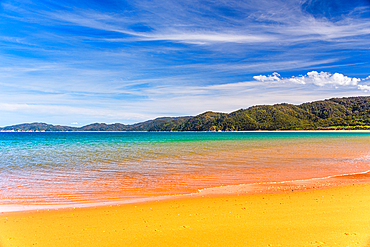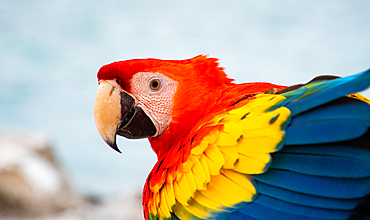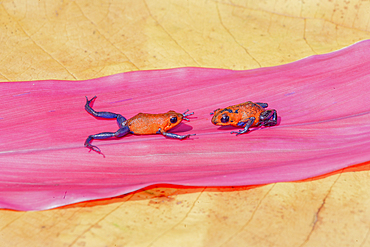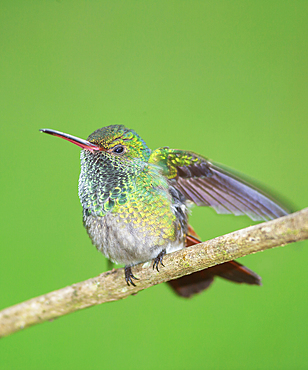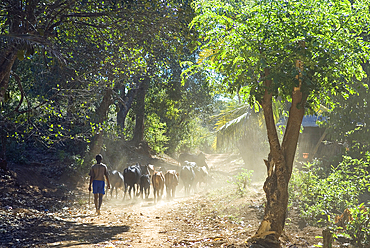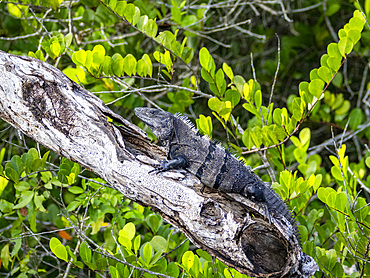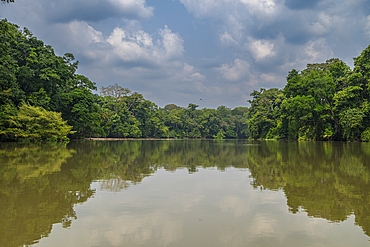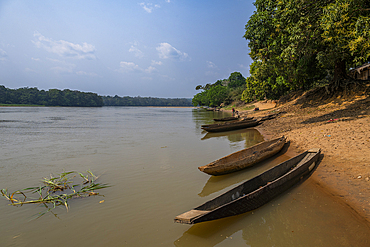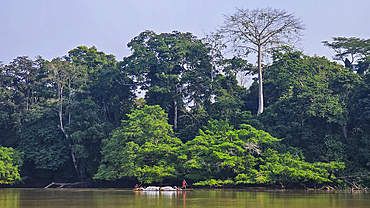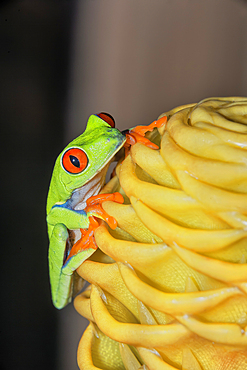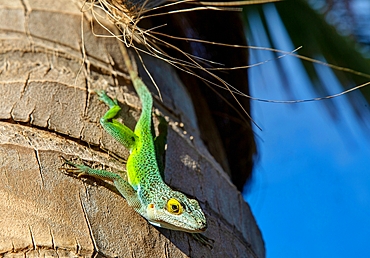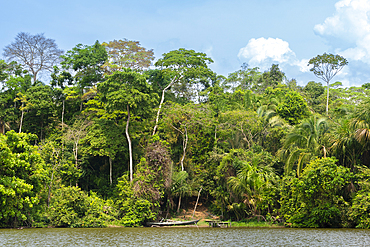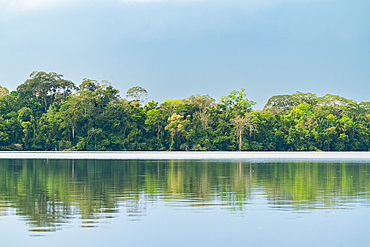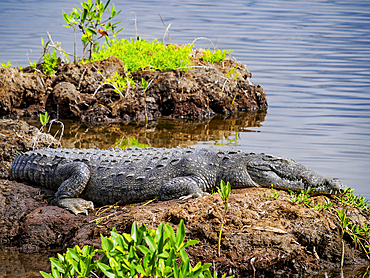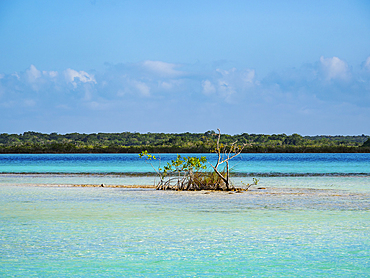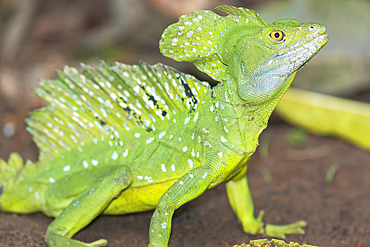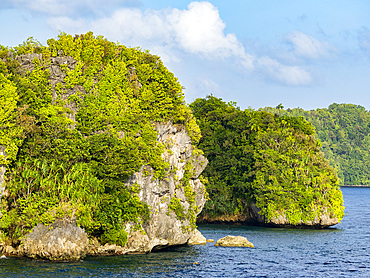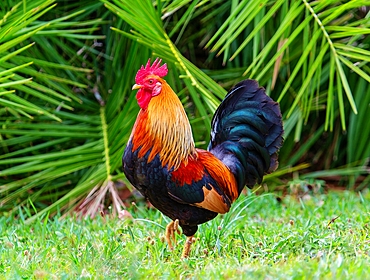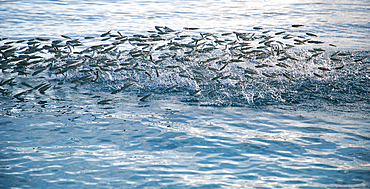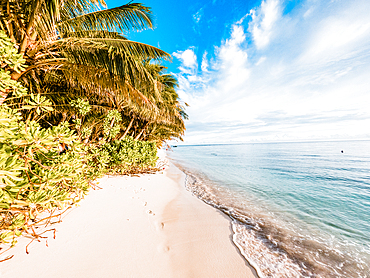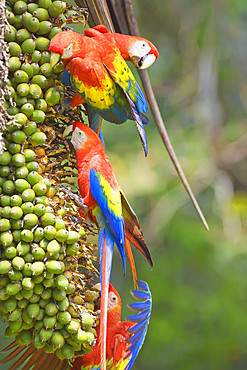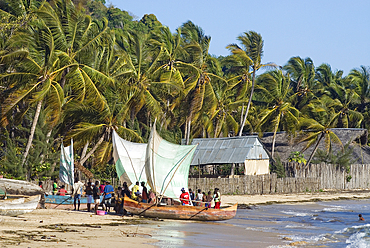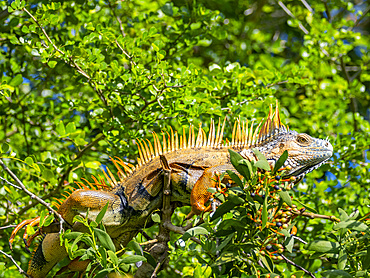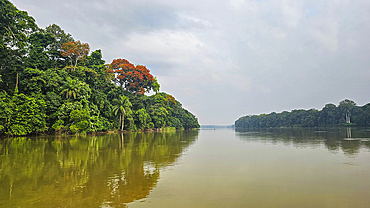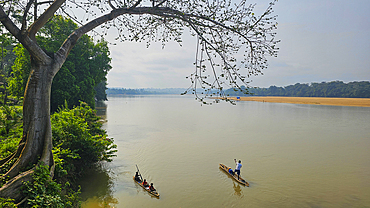Results
« Previous 1 … 4 5 6 7 Next »
658 results found
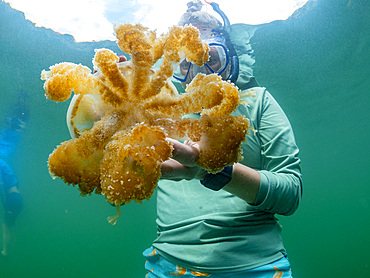
Snorkeler with golden jellyfish (Mastigias papua etpisoni), in Jellyfish Lake, a marine lake located on Eil Malk island, Rock Islands, Palau, Micronesia, Pacific

Large shells on the beach, Tsarabanjina island, Mitsio archipelago, Republic of Madagascar, Indian Ocean
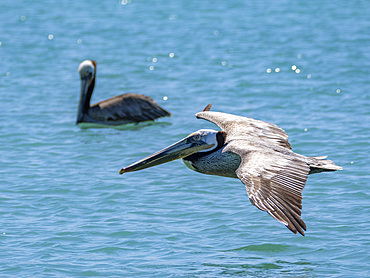
Adult brown pelicans (Pelecanus occidentalis), plunge diving for fish, Isla Carmen, Baja California Sur, Mexico, North America
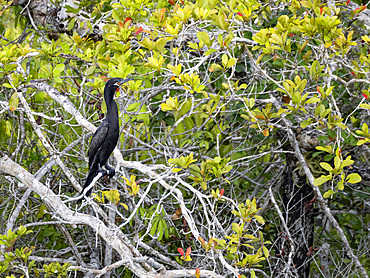
An adult neotropic cormorant (Nannopterum brasilianum), on New River near the Mesoamerican archaeological site of Lamanai, Belize
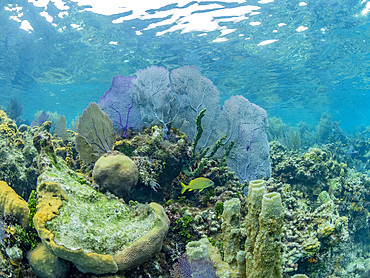
Underwater view of the reef along the circumference of the Great Blue Hole on Lighthouse Reef, UNESCO, Belize
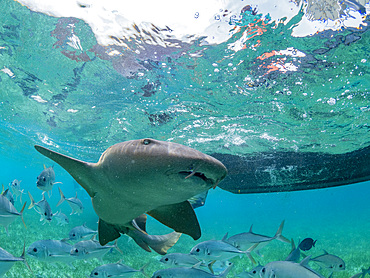
Nurse sharks (Ginglymostoma cirratum), being fed in Hol Chan Marine Preserve, inside the Mesoamerican Barrier Reef, Belize
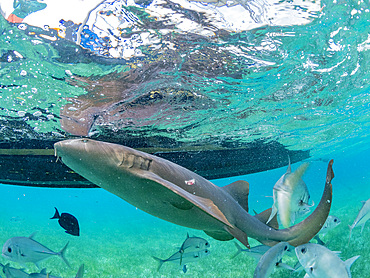
Nurse sharks (Ginglymostoma cirratum), being fed in Hol Chan Marine Preserve, inside the Mesoamerican Barrier Reef, Belize
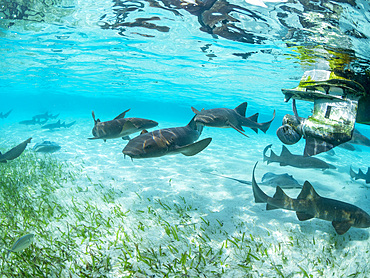
Nurse sharks (Ginglymostoma cirratum), being fed in shark and ray alley, Caye Caulker, Mesoamerican Barrier Reef, Belize
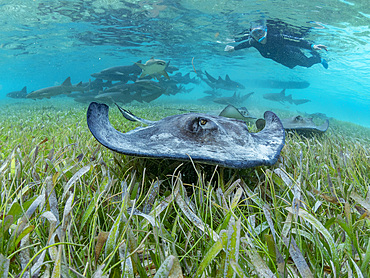
Southern stingray (Hypanus americanus) with snorkeler in shark and ray alley, Caye Caulker, Mesoamerican Barrier Reef, Belize
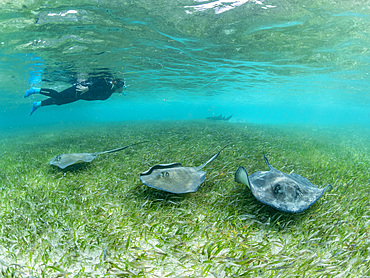
Southern stingray (Hypanus americanus), with snorkeler in shark and ray alley, Caye Caulker, Mesoamerican Barrier Reef, Belize

Southern stingray (Hypanus americanus) over sand in shark and ray alley, Caye Caulker, Mesoamerican Barrier Reef, Belize
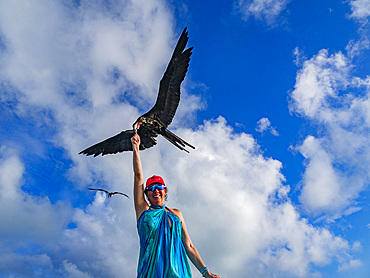
Tourist hand-feeding magnificent frigatebird (Fregata magnificens), at feeding station, Mesoamerican Barrier Reef, Belize
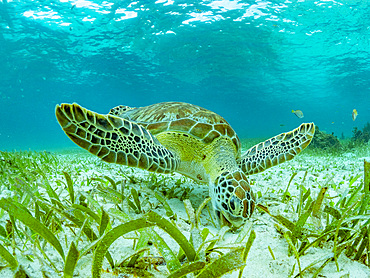
Green sea turtle (Chelonia mydas), feeding on the sand near Caye Caulker, inside the Mesoamerican Barrier Reef, Belize
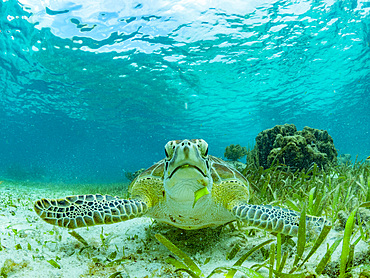
Green sea turtle (Chelonia mydas), feeding on the sand near Caye Caulker, inside the Mesoamerican Barrier Reef, Belize
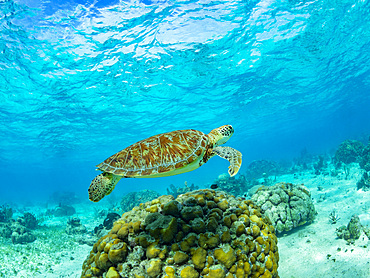
Green sea turtle (Chelonia mydas), surfacing for air near Caye Caulker, inside the Mesoamerican Barrier Reef, Belize

A myriad of fish and coral underwater at Hol Chan Marine Preserve, inside the Mesoamerican Barrier Reef, Belize
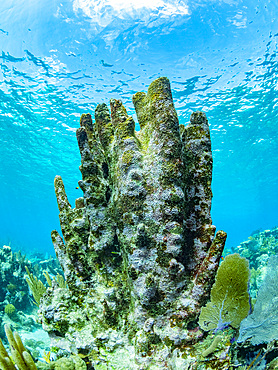
A myriad of fish and coral underwater at Hol Chan Marine Preserve, inside the Mesoamerican Barrier Reef, Belize
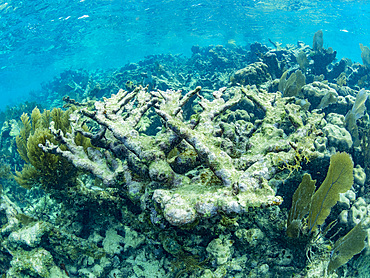
A myriad of fish and coral underwater at Hol Chan Marine Preserve, inside the Mesoamerican Barrier Reef, Belize
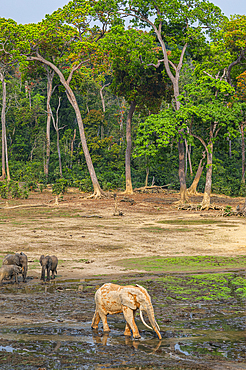
African forest elephant (Loxodonta cyclotis), Dzanga Bai, Dzanga Sangha National Park, UNESCO, Central African Republic
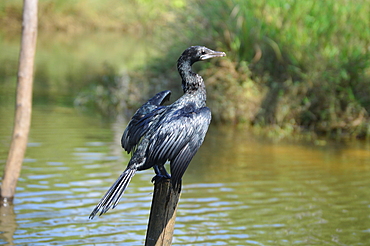
Indian Cormorant (Indian shag) (Phalacrocorax fuscicollis) above water on trunk tree with opened wings, Poovar, Thiruvanthapurm, Kerala, India, Asia

Lake Sandoval and Aguaje palms, Tambopata National Reserve, Puerto Maldonado, Madre de Dios, Peru, South America

Great frigatebird (Fregata minor) in flight near guests on North Seymour Island in the Galapagos Islands, UNESCO World Heritage Site, Ecuador, South America
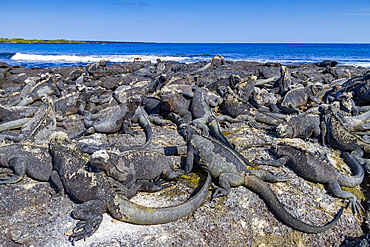
The endemic Galapagos marine iguana (Amblyrhynchus cristatus) in the Galapagos Island Archipelago, UNESCO World Heritage Site, Ecuador, South America
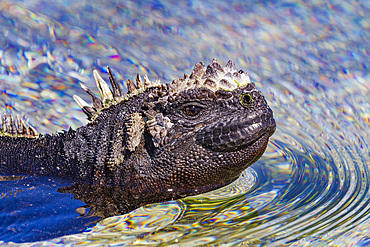
The endemic Galapagos marine iguana (Amblyrhynchus cristatus) swimming in the Galapagos Islands, UNESCO World Heritage Site, Ecuador, South America
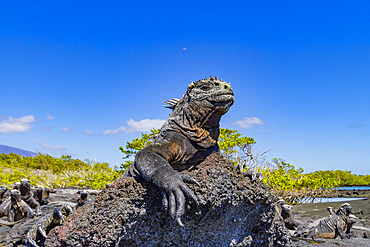
The endemic Galapagos marine iguana (Amblyrhynchus cristatus) in the Galapagos Island Archipelago, UNESCO World Heritage Site, Ecuador, South America
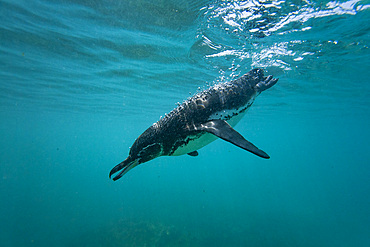
Galapagos penguin (Spheniscus mendiculus) feeding underwater on small baitfish in the Galapagos Islands, UNESCO World Heritage Site, Ecuador, South America
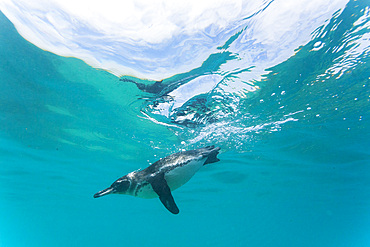
Galapagos penguin (Spheniscus mendiculus) feeding underwater on small baitfish in the Galapagos Islands, UNESCO World Heritage Site, Ecuador, South America
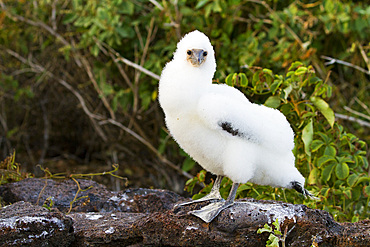
Nazca booby (Sula grantii) downy chick in the Galapagos Island Archipelago, UNESCO World Heritage Site, Ecuador, South America

Adult red-footed booby (Sula sula) in the Galapagos Island Archipelago, UNESCO World Heritage Site, Ecuador, South America
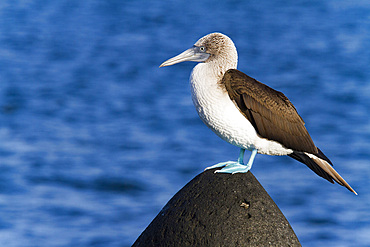
Adult blue-footed booby (Sula nebouxii) in the Galapagos Island Archipelago, UNESCO World Heritage Site, Ecuador, South America
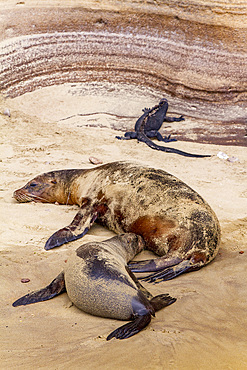
Galapagos sea lion mother nursing pup (Zalophus wollebaeki) in the Galapagos Island Archipelago, UNESCO World Heritage Site, Ecuador, South America
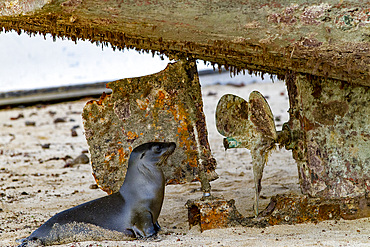
Galapagos sea lion (Zalophus wollebaeki) pup inspects a fishing boat on the beach on San Cristobal Island, Galapagos, UNESCO World Heritage Site, Ecuador, South America

A myriad of hard and soft corals, as well as tropical reef fish at Vatu-I-Ra Conservation Park on Viti Levu, Fiji, South Pacific, Pacific
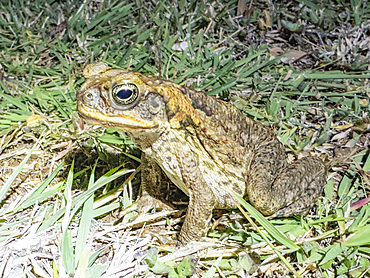
An introduced adult cane toad (Rhinella marina), at night on the Volivoli Resort grounds on Viti Levu, Fiji, South Pacific, Pacific
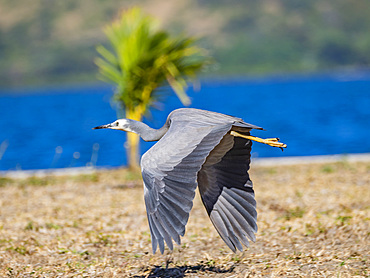
White-faced heron (Egretta novaehollandiae), in flight at the Volivoli Resort grounds on Viti Levu, Fiji, South Pacific, Pacific
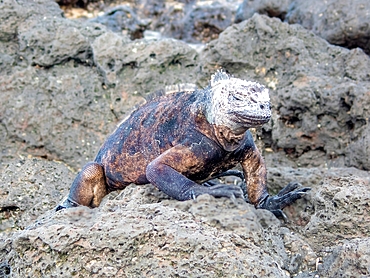
Galapagos Marine Iguana (Amblyrhynchus cristatus) Santa Cruz island, Galapagos, UNESCO World Heritage Site, Ecuador, South America
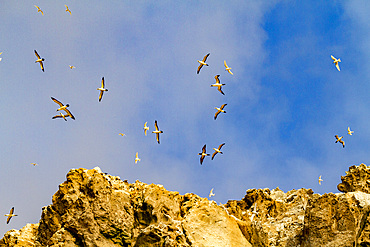
A dawn view of Boatswain Bird Island just off Ascension Island in the southern tropical Atlantic Ocean, South Atlantic Ocean

View of tropical flora in Giardini la Mortella Botanical Gardens and Forio in background, Forio, Island of Ischia, Campania, Italy, Europe

View of tropical flora in Giardini la Mortella Botanical Gardens and Forio in background, Forio, Island of Ischia, Campania, Italy, Europe
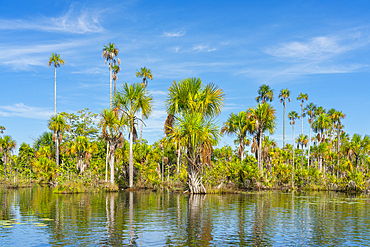
Palm trees on Yacumama Lake, Puerto Maldonado, Tambopata Province, Madre de Dios, Peru, South America
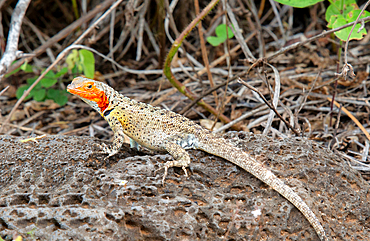
Lava Lizard (microlophus) on Floreana island, Galapagos, UNESCO World Heritage Site, Ecuador, South America

Sally lightfoot crab (Grapsus grapsus) in the littoral of the Galapagos Island Archipelago, UNESCO World Heritage Site, Ecuador, South America
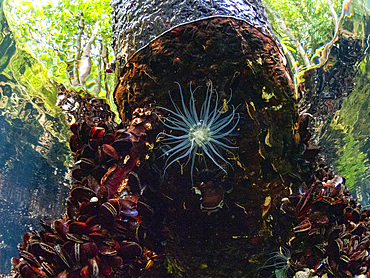
Underwater view of Jellyfish Lake, a marine lake located on Eil Malk Island, Rock Islands, Palau, Micronesia, Pacific
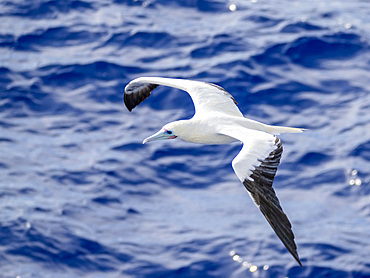
An adult red-footed booby (Sula sula), in its white color morph plumage in flight over the ocean in Palau, Micronesia, Pacific

Adult azure kingfisher (Ceyx azureus), perched in Porosus Creek, Frederick Harbor, Kimberley, Western Australia, Australia, Pacific
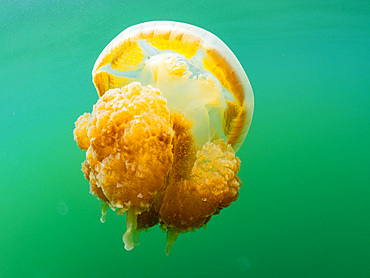
Golden jellyfish (Mastigias papua etpisoni), in Jellyfish Lake, a marine lake located on Eil Malk island, Rock Islands, Palau, Micronesia, Pacific
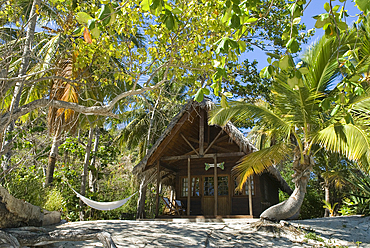
Bungalow on the beach, Constance Lodge, Tsarabanjina island, Mitsio archipelago, Republic of Madagascar, Indian Ocean

Underwater view of the reef along the circumference of the Great Blue Hole on Lighthouse Reef, UNESCO, Belize
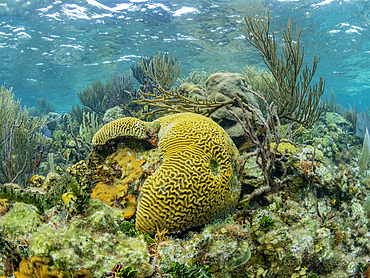
Underwater view of the reef along the circumference of the Great Blue Hole on Lighthouse Reef, UNESCO, Belize
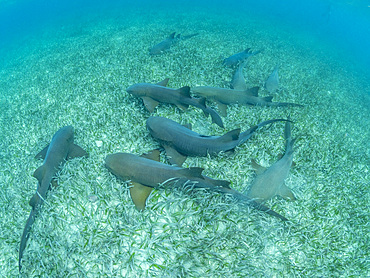
Nurse sharks (Ginglymostoma cirratum), massing in Hol Chan Marine Preserve, inside the Mesoamerican Barrier Reef, Belize
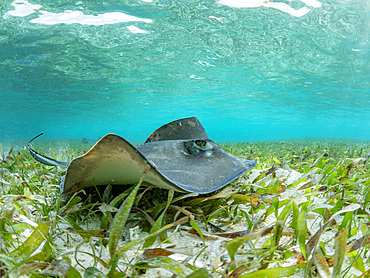
Southern stingray (Hypanus americanus) over sand in shark and ray alley, Caye Caulker, Mesoamerican Barrier Reef, Belize

Southern stingray (Hypanus americanus) over sand in shark and ray alley, Caye Caulker, Mesoamerican Barrier Reef, Belize
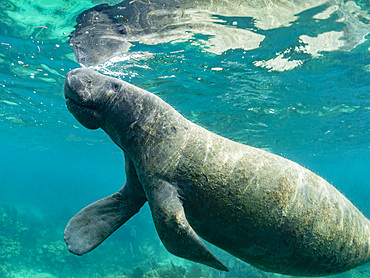
West Indian manatee (Trichechus manatus), on the reef near Caye Caulker, inside the Mesoamerican Barrier Reef, Belize

West Indian manatee (Trichechus manatus), with snorkeler near Caye Caulker, inside the Mesoamerican Barrier Reef, Belize

West Indian manatee (Trichechus manatus), with snorkeler near Caye Caulker, inside the Mesoamerican Barrier Reef, Belize
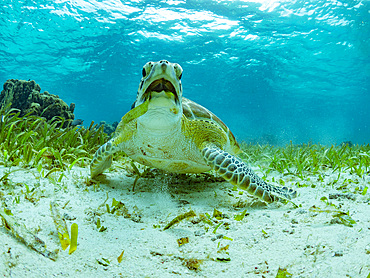
Green sea turtle (Chelonia mydas), feeding on the sand near Caye Caulker, inside the Mesoamerican Barrier Reef, Belize

Caribbean spiny lobster (Panulirus argus), underwater at Half Moon Caye, UNESCO, Mesoamerican Barrier Reef, Belize
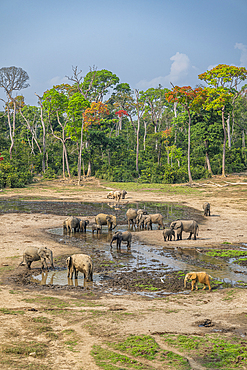
African forest elephant (Loxodonta cyclotis), Dzanga Bai, Dzanga Sangha National Park, UNESCO, Central African Republic

